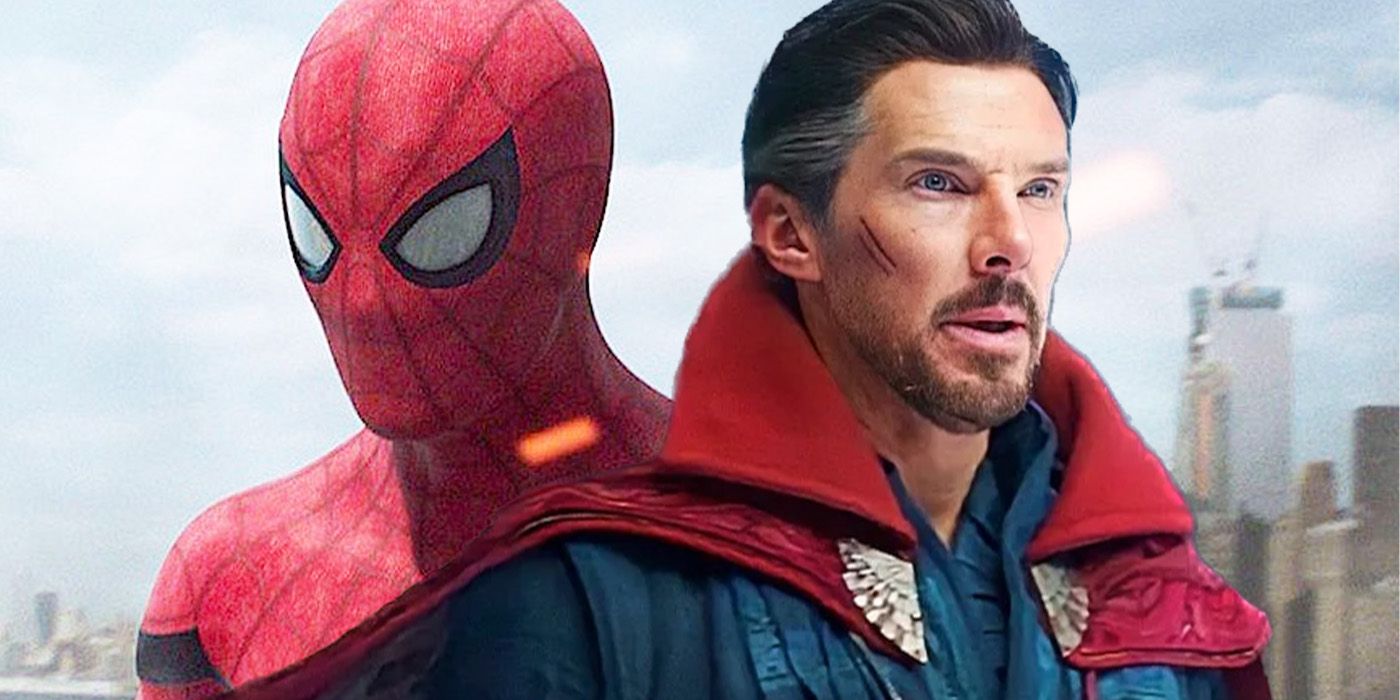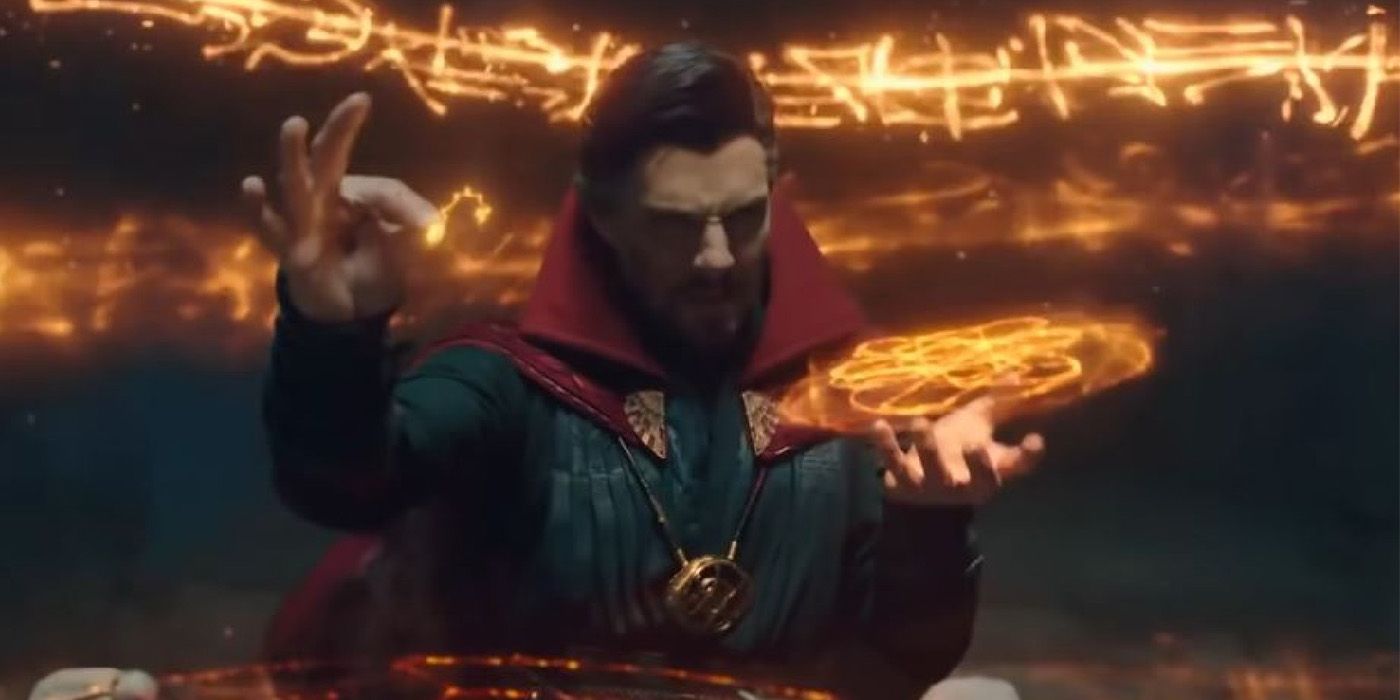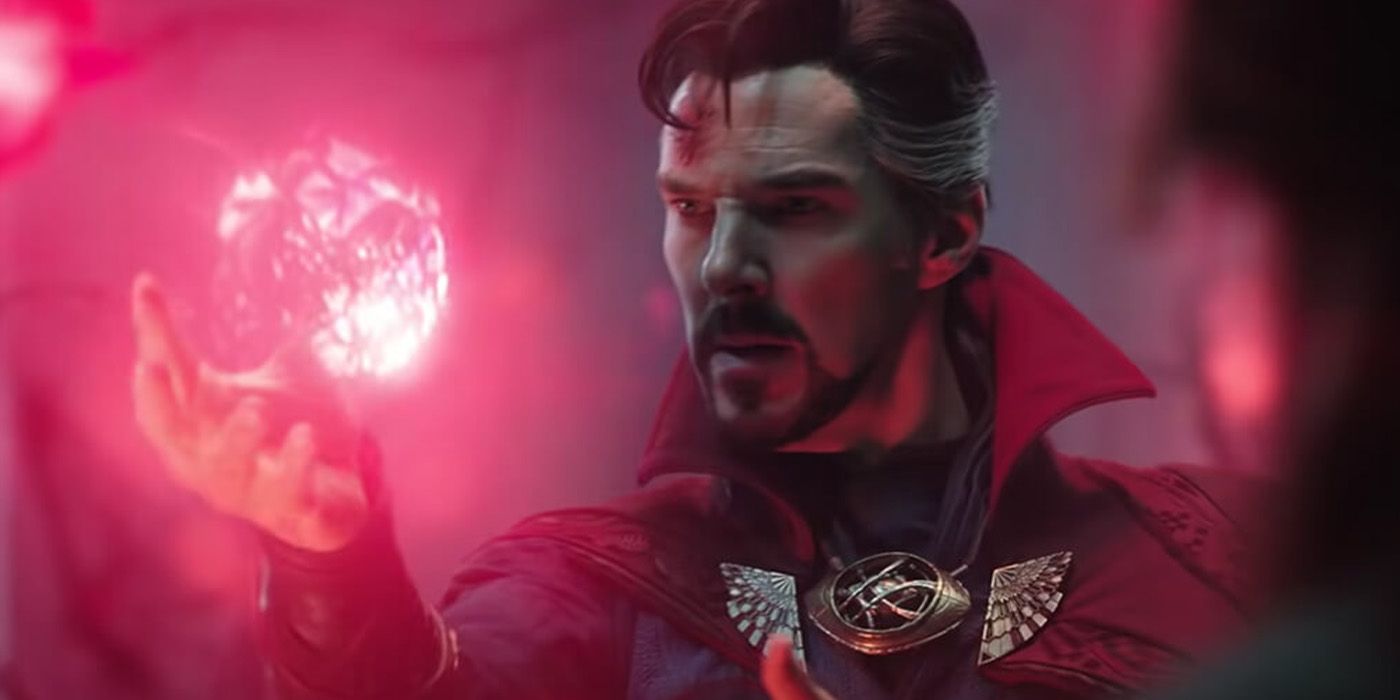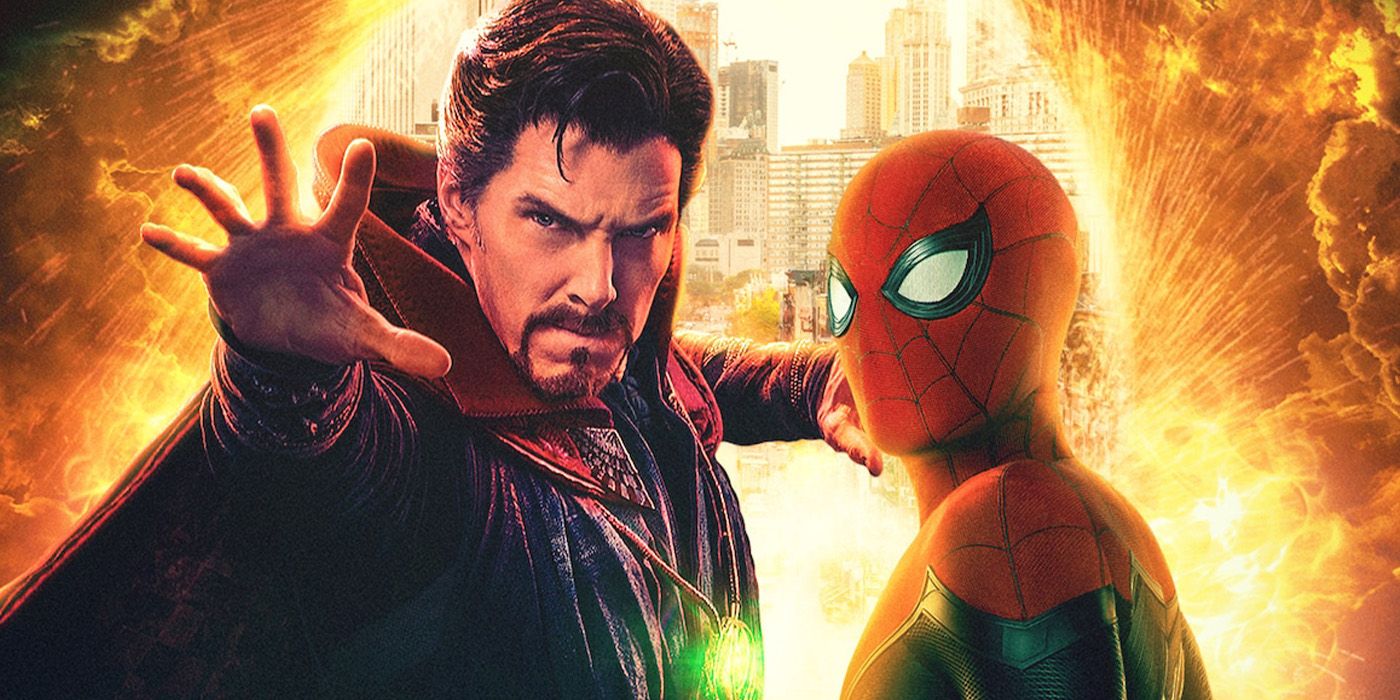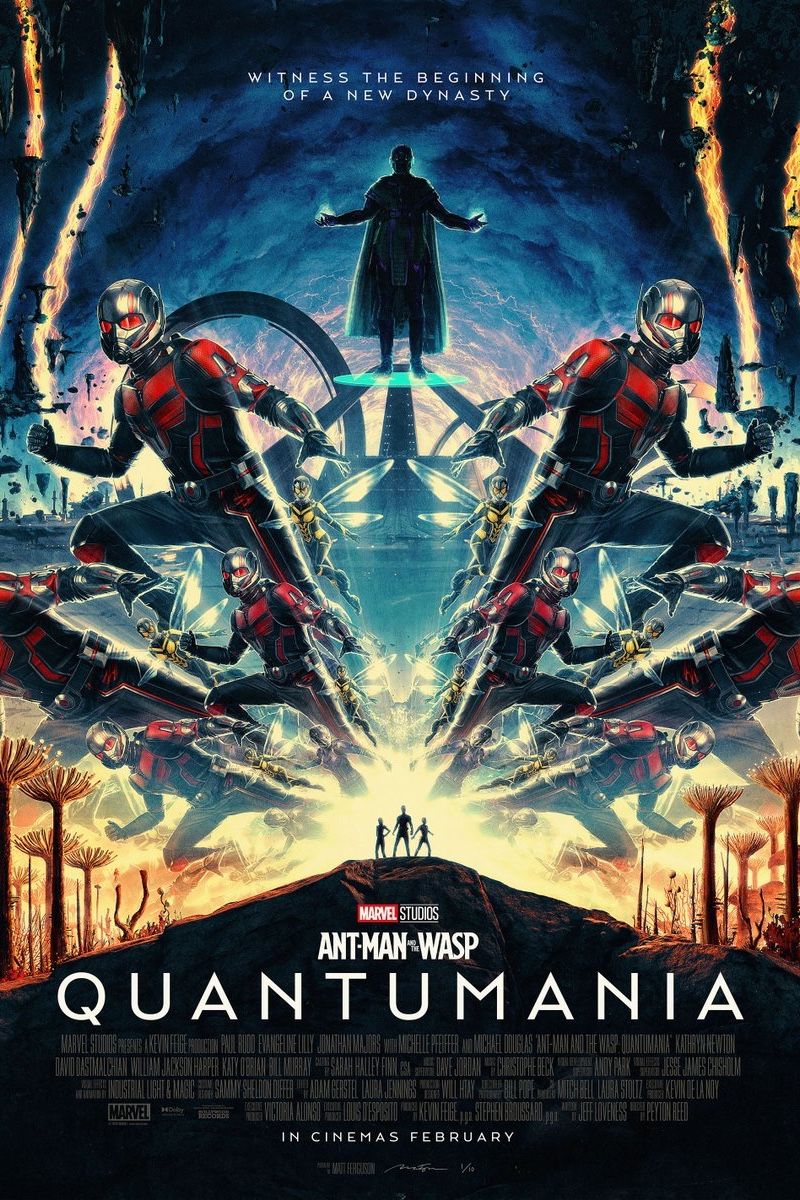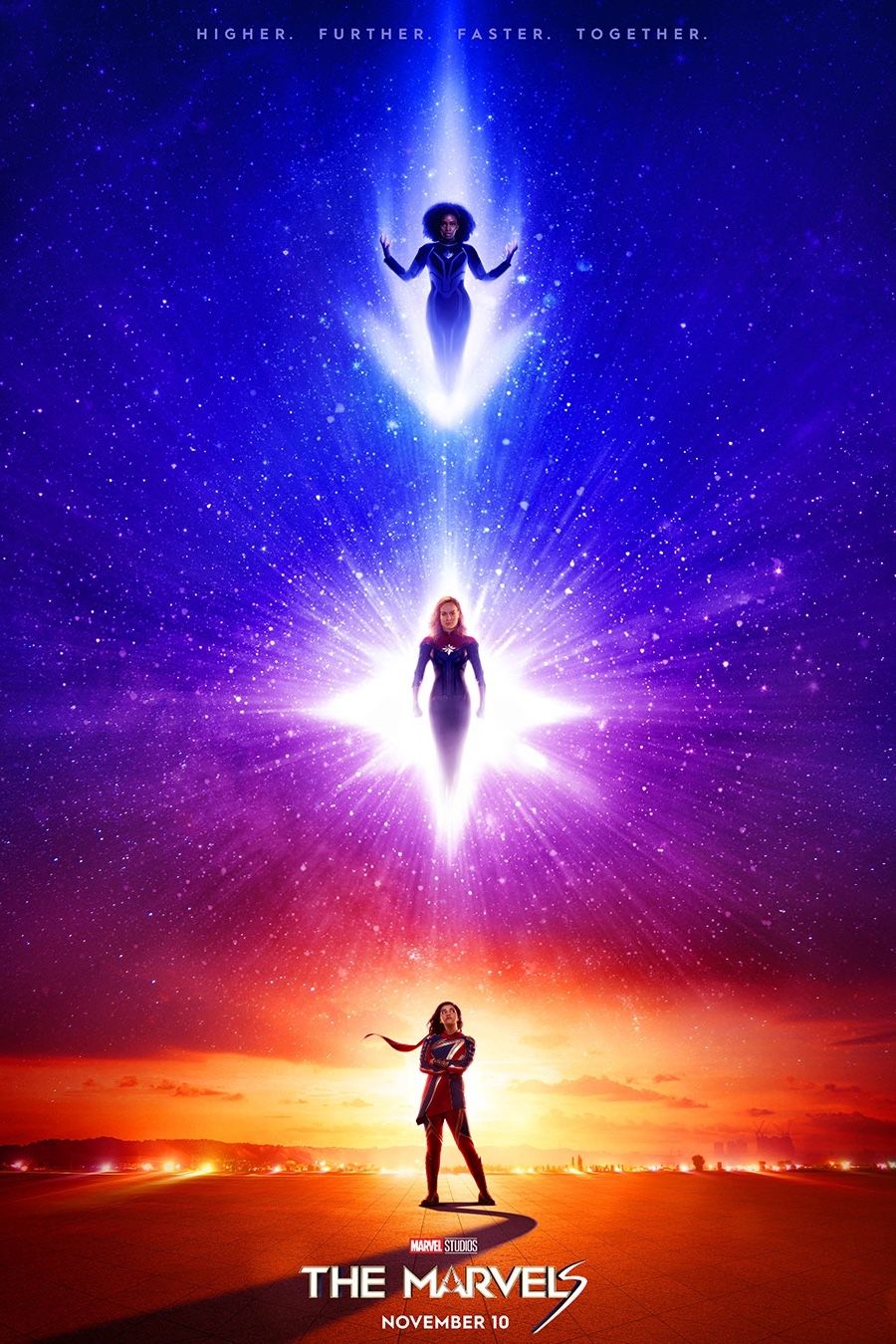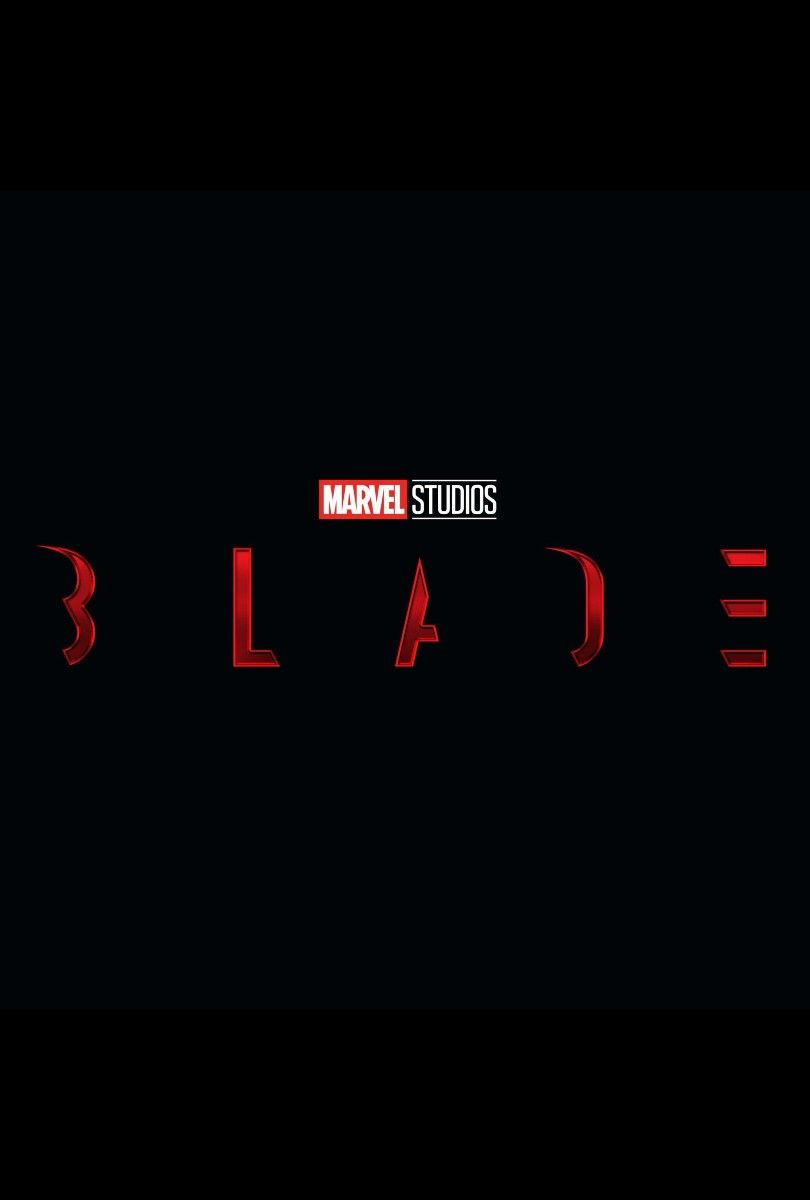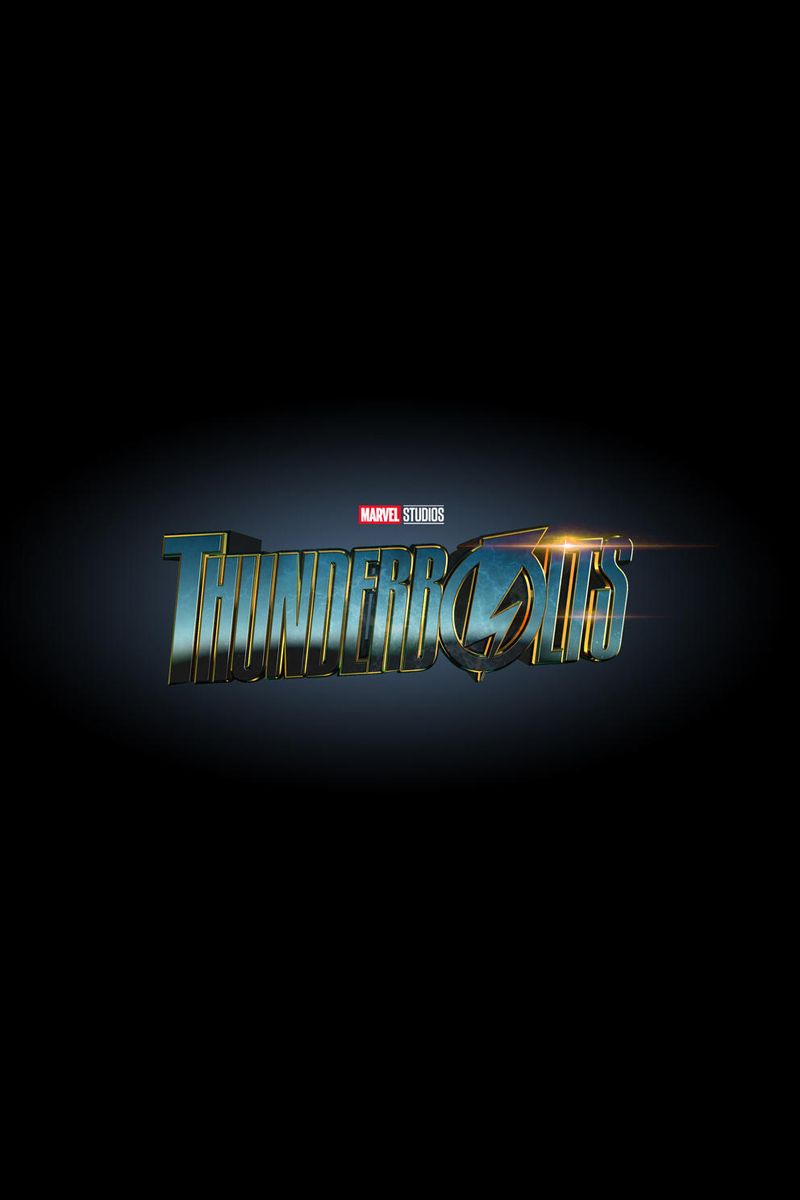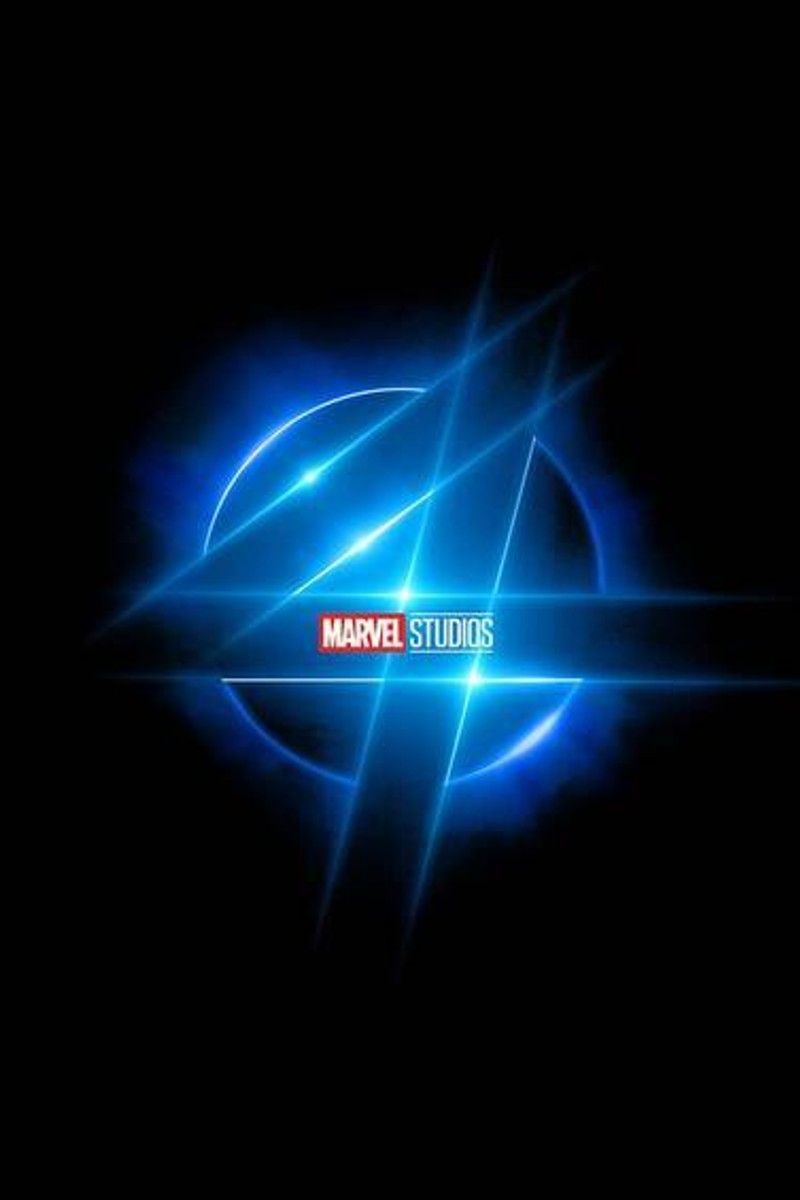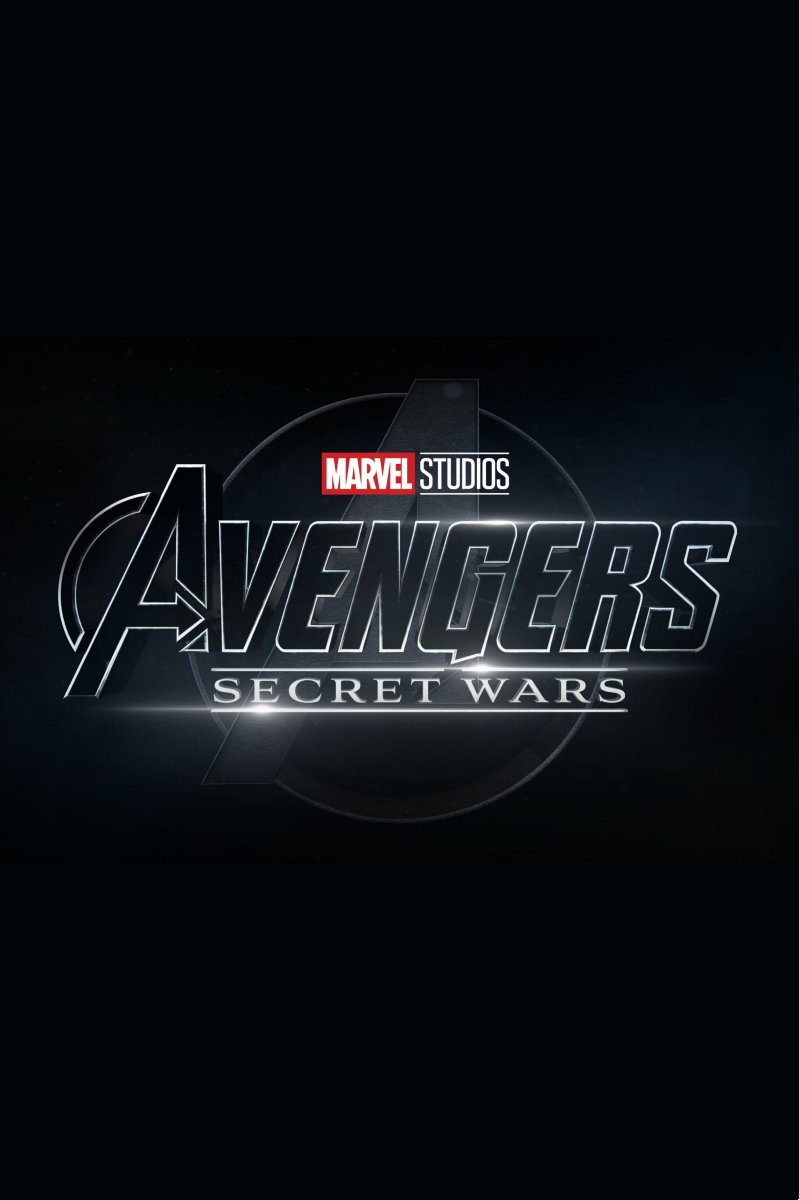One theory could explain why Doctor Strange was acting so weird during Spider-Man: No Way Home. Throughout MCU Phase 4, Stephen Strange has had his hands full. First, he was forced to take on the mentor role for Peter Parker in Marvel Studios' third Spider-Man movie. Then he had to deal with a scorned Scarlet Witch after WandaVision and come face to face with alternate versions of himself in Doctor Strange in the Multiverse of Madness. With all this on his plate, it's no wonder Stephen Strange was acting differently, but one theory might suggest a darker reason for this change.
Spider-Man: No Way Home sees Peter Parker dealing with the fallout from the events of Spider-Man: Far From Home, in which his identity was revealed to the world by the trickster Quentin Beck, a.k.a. Mysterio. Turning to Doctor Strange for help, Peter is thrust into even more danger. The former Sorcerer Supreme jumps at the chance to make everyone forget the web-slinger and inadvertently releases non-MCU Spider-Man villains from the past into their timeline. The dire situation caused both Peter Parker and Stephen Strange to make some difficult and questionable decisions, creating something of a rift between the two allies.
Stephen Strange was acting more erratically in Spider-Man: No Way Home than he had in prior MCU films. This could just be due to the stressful situation that the plot of the movie posed for the two heroes, of course, but one theory suggests that this Doctor Strange might not in fact be the Stephen Strange that audiences are familiar with at all — instead, he's actually a more sinister Doctor Strange from Multiverse of Madness. The sequel to 2016's Doctor Strange was originally supposed to take place before the events of Spider-Man: No Way Home, which could provide a strong argument for this change in Benedict Cumberbatch's portrayal of the character.
Doctor Strange Is Very Different In No Way Home
Stephen Strange had been willing to bend the rules in previous MCU projects, including using the Time Stone when advised not to in Doctor Strange and viewing over 14 million potential futures during the fight against Thanos in Avengers: Infinity War. Yet he always followed the basic guidelines as determined by the Masters of the Mystic Arts. Despite this, there was a drastic change in Doctor Strange's behavior during Spider-Man: No Way Home. He was too willing to jump headfirst into a dangerous spell in an effort to make everyone forget Peter Parker. Then, he wanted to immediately send the past Spider-Man villains back to their deaths. He even attempted to trap his young mentee in the Mirror Dimension when his choices were challenged. The sudden changes in Stephen's philosophies prompted speculation that something wasn't quite right with the magical hero.
Spider-Man: No Way Home seemed to insinuate that Stephen Strange's erratic decisions were down to him simply having a difficult situation to handle and having to spend time with three untested teenagers. Even so, the Doctor Strange depicted in Spider-Man: No Way Home is a far departure from the one that had been established in the MCU. Previously, Stephen was steadfast in his mission to protect the Time Stone and uphold the values of the Mystic Arts, but he was also empathetic and caring, taking time to evaluate the situation and deal with it as necessary. For instance, Doctor Strange only gave up the Time Stone to Thanos during Avengers: Infinity War after careful thought and evaluation, determining that it was the only way the Avengers would eventually triumph. This consideration was completely neglected in Spider-Man: No Way Home, which showed Strange making rash decisions and causing a lot more damage in the process.
Why Doctor Strange Acts Weird (Was It Because Of The Darkhold?)
Before the official release of Spider-Man: No Way Home, viewers picked up on this changed Stephen Strange in the trailers for the movie, leading to a theory that somebody was in fact impersonating the former Sorcerer Supreme. With the shape-shifting Skrulls' introduction to the MCU in Captain Marvel and their story continuing in the Secret Invasion Disney+ series, speculation arose suggesting that Doctor Strange's unusual behavior could be the beginning of the MCU Multiverse Saga's Skrull storyline. Another answer, however, came with the release of Doctor Strange in the Multiverse of Madness, which saw the title character dabbling in the dark magic of the Darkhold.
First debuting in the MCU canon during WandaVision, the Darkhold (the MCU's Book of the Damned) revealed the true meaning of the Scarlet Witch to Elizabeth Olsen's Wanda Maximoff, setting in motion the events of Doctor Strange in the Multiverse of Madness. When Doctor Strange eventually gets his hands on the dreaded book, he seems to find enjoyment in abusing its power, allowing him to "dreamwalk" from an incursion-destroyed universe into the corpse of Defender Strange on Earth-616. Throughout the film, the MCU's Darkhold is shown to have a detrimental and long-lasting effect on its user, whether that be creating the villainous Scarlet Witch, corrupting Earth-838's Stephen Strange, or giving Sinister Strange an ominous third-eye. With the original release date order for Doctor Strange in the Multiverse of Madness and Spider-Man: No Way Home, the Darkhold could have had an effect on the main continuity's Stephen Strange, affecting his choices in the latter film.
MCU Release Date & Story Changes Support The Theory
Originally, Doctor Strange in the Multiverse of Madness was scheduled for release on May 7, 2021, and Spider-Man: No Way Home was set to hit theaters on July 16 of that same year, meaning that the events of the former sequel would have taken place before the events of the latter. This, however, was a tumultuous time for Marvel Studios and the world as a whole, as the COVID-19 pandemic shifted Marvel's production schedule and release dates around massively. Scripts had already been drafted for both films before the changes in release dates, meaning that when this schedule was changed, these scripts needed to have been reworked in order to fit the timeline and make sense in the overarching MCU story.
The theory poses that even though the details in each of the scripts were reworked, the main plot points remained the same. Doctor Strange would have still battled a darker Scarlet Witch and come into contact with the Darkhold in Doctor Strange in the Multiverse of Madness, and then he would have aided Peter Parker with his identity and villain problems in Spider-Man: No Way Home, instead of the other way around. The theory suggests that the Stephen Strange seen in Spider-Man: No Way Home was in fact the Stephen Strange who had been dabbling in the Darkhold — seen in the Multiverse of Madness post-credits scene with a third-eye in his forehead. This would explain the unusually hasty decisions and erratic behavior exhibited throughout Spider-Man: No Way Home. It would have possibly been a more impactful storyline for both characters since Peter Parker would have to deal with a changed Doctor Strange in addition to five other villains, but instead, it seems Marvel Studios just chalked it all up to one bad day.
Avid fans of the MCU will surely continue to theorize about what could have been, had the release schedules remained as planned. Perhaps the need for Doctor Strange in Spider-Man: No Way Home would have made more sense had he been revealed to be a darker, more sinister version of himself. Even so, the events of both Spider-Man: No Way Home and Doctor Strange in the Multiverse of Madness unlocked a deep well of possibilities when it comes to the use of the multiverse in the MCU. Both Tom Holland and Benedict Cumberbatch are expected to return to the MCU in future solo projects, meaning this won't be the last time audiences see a hardened Spider-Man or a darker Doctor Strange.

